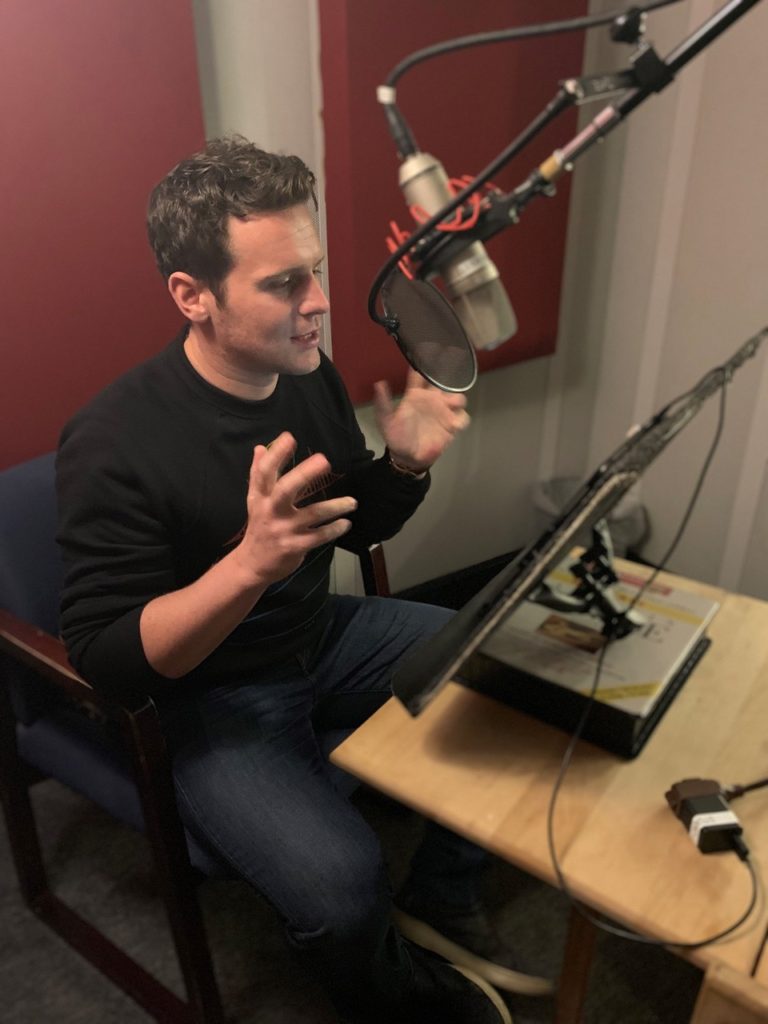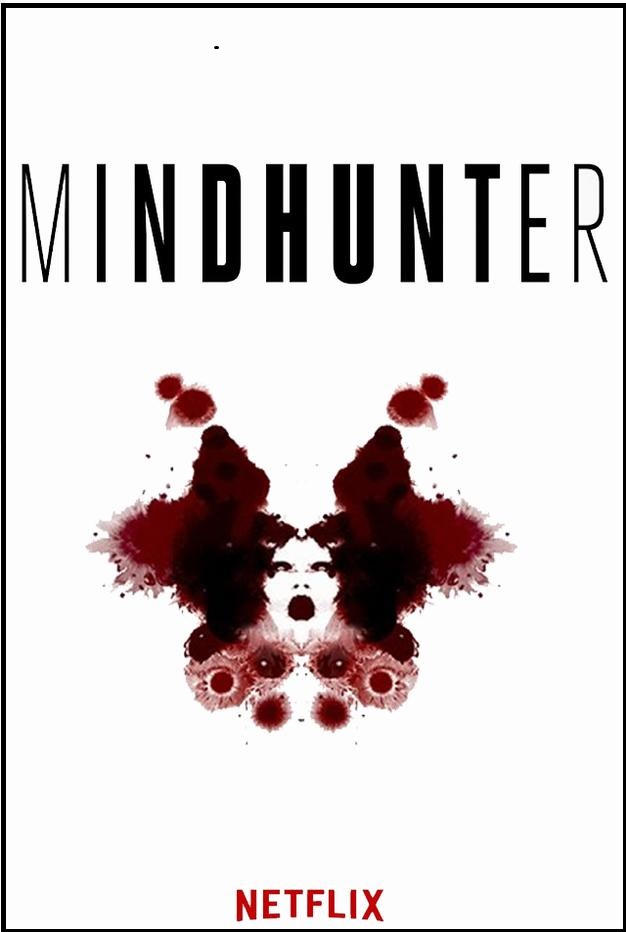In Law & Disorder, we chronicled the story of Cameron Todd Willingham, who was executed in Texas in 2004 for the arson murder of his three young daughters in Corsicana, Texas in 1991.
Willingham, known as Todd, seemed like a pretty reprehensible character. Not only did he kill his children in a painful and cowardly way, he also may have abused his wife Stacy, and drank and ran around. Governor Rick Perry publicly proclaimed him “a monster.”
The only problem is, Todd didn’t commit the crime. In fact, no one committed the crime, because there was no crime. And last week, the story got even worse.
Arsons are different from most other crimes. The reason is that with other types of crimes, you know an offense has been committed; you just have to figure out who did it. With arson, you first have to figure out if a crime was committed, because it may be an accident rather than an intentional act. Even with allegations of rape, there are pretty good indicators – both physical and behavioral – that show trained investigators whether a crime was committed or a sexual encounter was consensual.
But arson is much more complicated, and as we related in Law & Disorder, fire science underwent a radical reexamination in the early 1990’s, led by such internationally recognized experts as Gerald Hurst, John Lentini and Craig Beyler. Upon independently reviewing the Willingham case, all three declared that the local and state arson investigators who examined the burned house and testified in the murder trial had gotten it completely wrong and were relying on old pseudoscientific assumptions that Lentini said amounted to no more than, “Witchcraft, really.”
In signing Willingham’s death warrant, Governor Perry chose to ignore the report of the experts. A year later, when a state-mandated scientific review board wished to examine the case to determine whether official mistakes had been made, Perry replaced the two members who spearheaded the effort and killed the inquiry.
There were two key elements to the prosecution. One was the testimony of the local and state arson investigators. The other was the testimony of Johnny Webb, a convict who had shared a cell with Willingham. He testified that Todd admitted setting the fire to him. Now, lawyers for the Innocence Project under the direction of cofounder Barry Scheck, have discovered in the case files a note indicating that, contrary to the prosecution’s claim, a jailhouse informant “traded” his damning information for a reduction of charges against him and a lighter sentence.
In Law & Disorder, we cited University of Virginia Law School Professor Brandon Garrett’s five most common elements leading to wrongful conviction: false confessions, junk science, jailhouse informants, ineffective counsel and bad judging.
There was no false confession here, and though his attorneys believed Willingham was guilty and urged him to take a plea deal that would have spared him the death penalty, there was no reason to believe he was not served appropriately by counsel. The science presented was certainly junk, and the judge allowed a psychiatrist to testify to motive by citing Todd’s goth tattoos and heavy metal rock posters, none of which was relevant on any level. There was no reasonable motive presented.
We are always skeptical of jailhouse informants. Sometimes their information is correct, but it is always suspect because they always have something to gain.
Supreme Court Justice Antonin Scalia declared that he was unaware of “a single case – not one – in which it is clear that a person was executed for a crime he did not commit.”
It is now clear that Cameron Todd Willingham was executed by the State of Texas for a crime he did not commit. What’s worse, it was clear before he was executed.
As our readers know, we are not for the elimination of capital punishment, particularly for serial predators where the proof is overwhelming. But the Willingham case is not only a cautionary tale, it is a virtual textbook on when not to use it.
We know what causes false convictions. What we need to do is to start applying that knowledge.




























I attended one of John Lentini’s presentations 2 years ago. The ability to build all kinds of structures in the lab, and burn them, testing and monitoring all kinds of conditions, has revolutionized fire inspection.
Generations of fire inspectors were interpreting burn patterns wrong. Countless people were prosecuted for crimes that never happened. Insurance claims were not paid out.
The scariest part is that obsolete investigation methods are still being taught as inertia and pride throttles the introduction of new material into the curriculum.